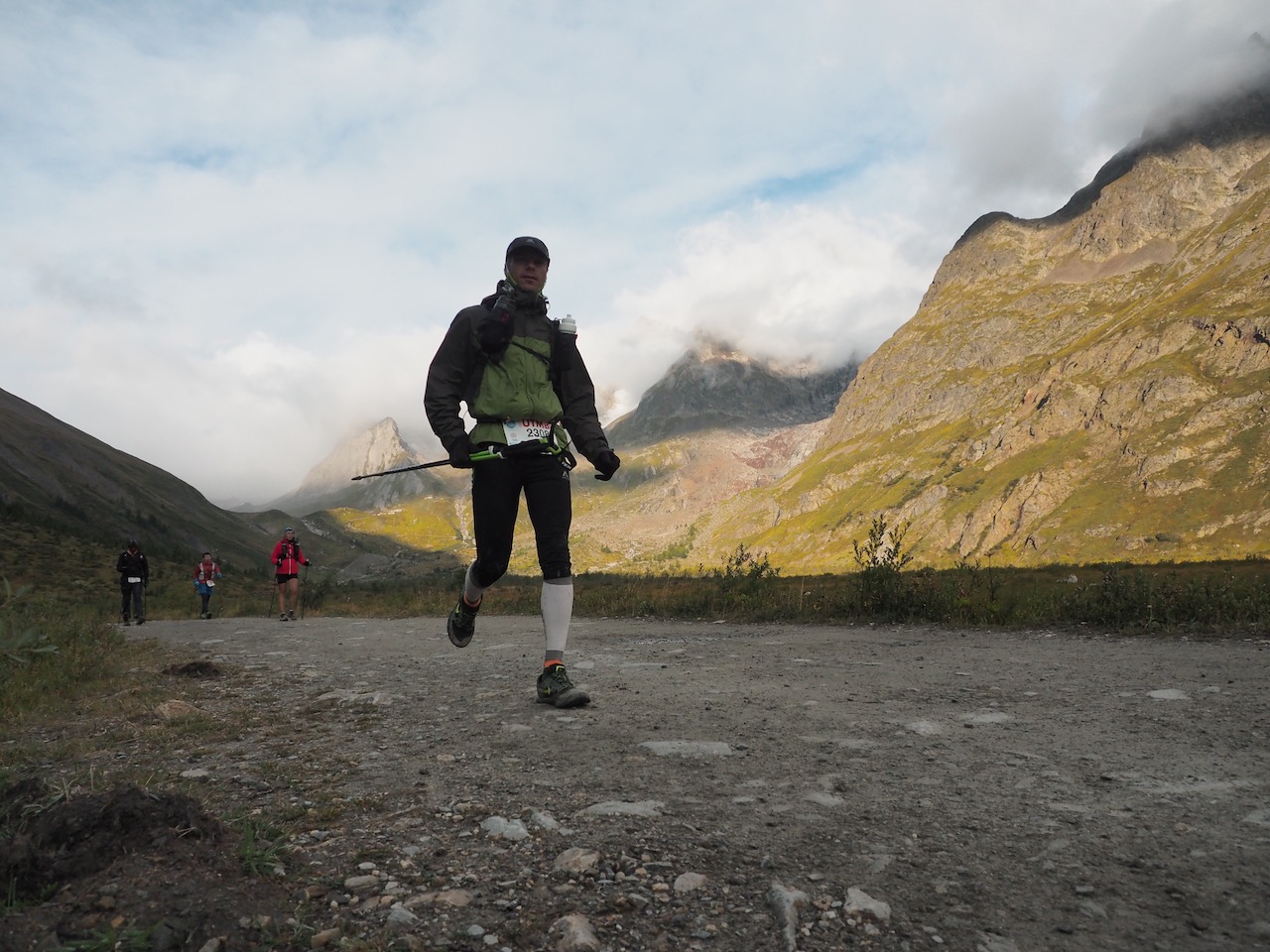When he first appeared at the Hardrock 100 in 2014, professional ultrarunner Timothy Olsen had an extremely difficult race following severe nausea and gastrointestinal problems. When he made his second appearance at the race in 2016, he was again plagued down by nausea, although he managed to finish in 10th place. Not bad, all things considered! So, gastrointestinal problems are very common during ultras and slow down or cause even professional athletes who suffer from this malady to suffer, or even DNF. What can we do to prevent this from happening?
The primary cause
The mechanism for nausea is relatively simple: the digestive system is not the priority of the organism during a race (or any physical effort). Indeed, the gastrointestinal (GI) blood circulation is reduced in favor of muscles that are highly stressed. This decreases the efficiency of the entire gastrointestinal system and weakens it. Digestion is slowed down and absorption of nutrients is reduced. This is what causes discomfort. The best strategy for avoiding GI issues is to not to overload the digestive system.
The solutions
First, it is best to consume easy to digest foods throughout a race. Foods high in carbohydrates and low in fiber (gels, candies, breads, pasta, some fruits) are the best choice. They are easily digested and provide quick energy.
In contrast, foods high in fat and protein are more difficult to digest. They stay in the stomach for a long time and this can cause nausea during effort. However, these foods are often popular at ultras aid stations, particularly in Europe. It is however reasonable that after hours of running, gels, candies and sugary drinks become less appetizing, while salty and protein-rich foods such as cheese and sausages become more and more tempting!
At aid stations, take in carbs and ease up on fat and protein. Ease back into your pace gently after leaving the aid station.
Problematic liquids
Fluid intake can also play a role in the occurrence of nausea. One of the first signs of dehydration is often nausea. Conversely, overhydration can also trigger nausea. The best trick to avoid issues is to drink small sips frequently, dependent upon thirst.
These eating and hydration strategies will help prevent the most common causes of nausea. For more information on exercise-induced gastrointestinal issues see this Distances+ article on the subject.
It is important to keep in mind that other factors such as mental stress and fatigue can disturb the gastrointestinal system. Thus, adequate training and rest will help start each race in the best physical and mental shape possible.
Must Read:
- Running on a vegan diet: here’s what you should know
- Chips and soft drinks during an ultra? Tell me about it!
- Inflammation: prevention with food, not medication
Reference
Peters HP, Bos M, Seebregts L, Akkermans LM, van Berge Henegouwen GP, Bol E, Mosterd WL and de Vries WR. Gastrointestinal symptoms in long-distance runners, cyclists, and triathletes: prevalence, medication, and etiology. The American journal of gastroenterology. 1999; 94: 1570-81.



